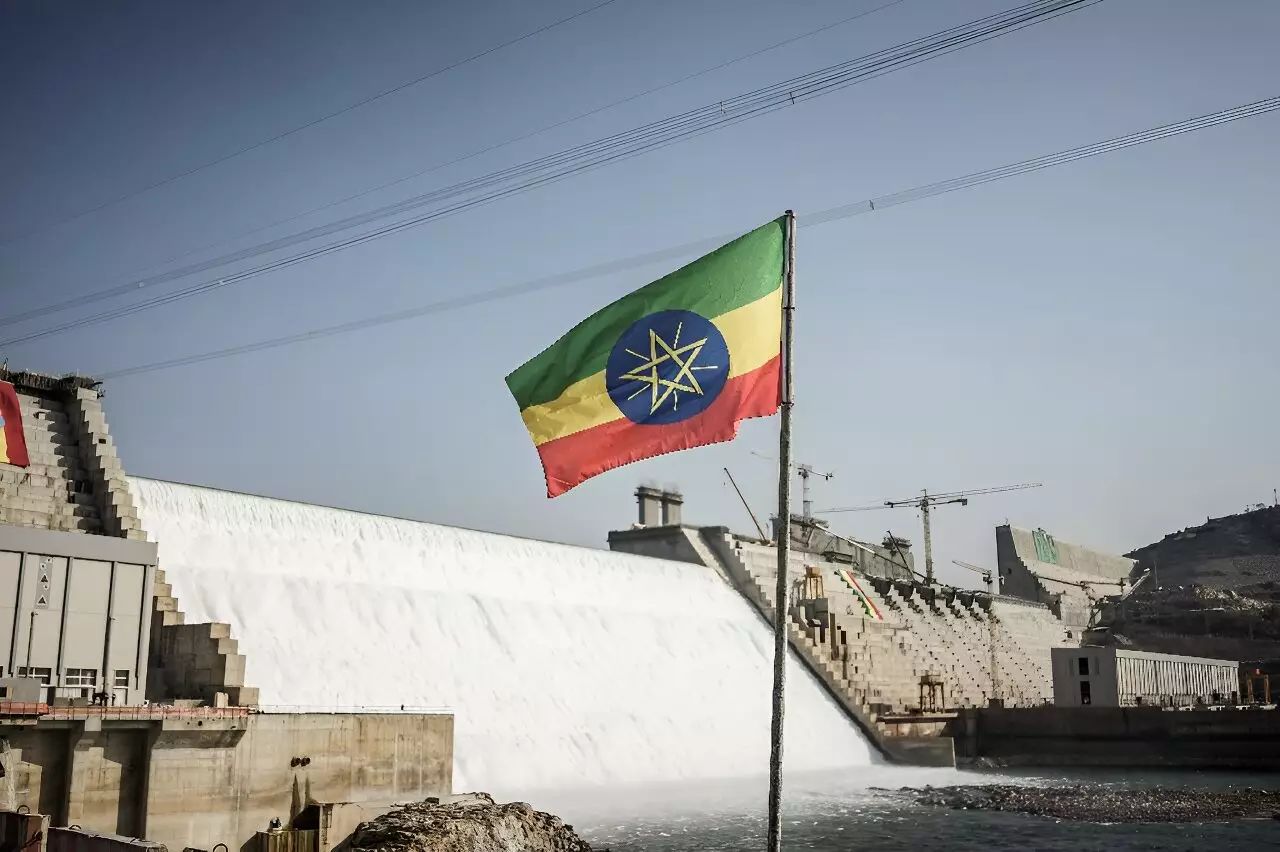Ethiopia recently announced that it has significantly increased its electricity production from the Grand Ethiopian Renaissance Dam (GERD) on the Blue Nile. With the addition of two new turbines, the dam is now generating 1,550 megawatts of electricity, marking a major milestone in the project’s development. This increase in electricity output comes after years of construction and tensions with downstream nations such as Egypt and Sudan.
The completion of the construction phase of the GERD signals a shift towards the operation phase of the project. The two new turbines, each generating 400MW, have now started operations, joining the two existing turbines that produce 375MW each. This brings the total output of the dam to 1,550MW, with the potential to reach over 5,000MW once all 13 turbines are operational.
Regional Dispute
The GERD has been at the center of a regional dispute since construction began in 2011. Egypt and Sudan have raised concerns about the dam’s impact on their access to Nile waters, with Egypt viewing it as a potential threat to its water supply. Negotiations between the three countries have been ongoing, but a comprehensive agreement has yet to be reached.
Ethiopia considers the GERD crucial for its development and electrification efforts, as it aims to provide reliable electricity to its growing population. With approximately half of its 120 million citizens lacking access to electricity, the completion of the dam could have significant socio-economic benefits for the country. Prime Minister Abiy Ahmed has emphasized the dam’s role in managing water flow, mitigating flood risks, and ensuring downstream nations receive a steady water supply.
Future Plans and Challenges
Despite the completion of the GERD and the increase in electricity production, Ethiopia still faces challenges in meeting its energy needs. The World Bank has outlined plans to help the country expand its electricity network and diversify into other clean energy sources such as solar, wind, and geothermal power. The electricity deficit in Ethiopia continues to hinder economic development and access to basic needs for many of its citizens.
The Grand Ethiopian Renaissance Dam represents a significant achievement for Ethiopia in terms of electricity generation and water management. However, ongoing tensions with downstream nations and the need to address the country’s energy deficit present challenges that must be navigated in the years to come. Ultimately, the successful operation of the GERD has the potential to transform Ethiopia’s energy landscape and contribute to its economic growth and development.


Leave a Reply